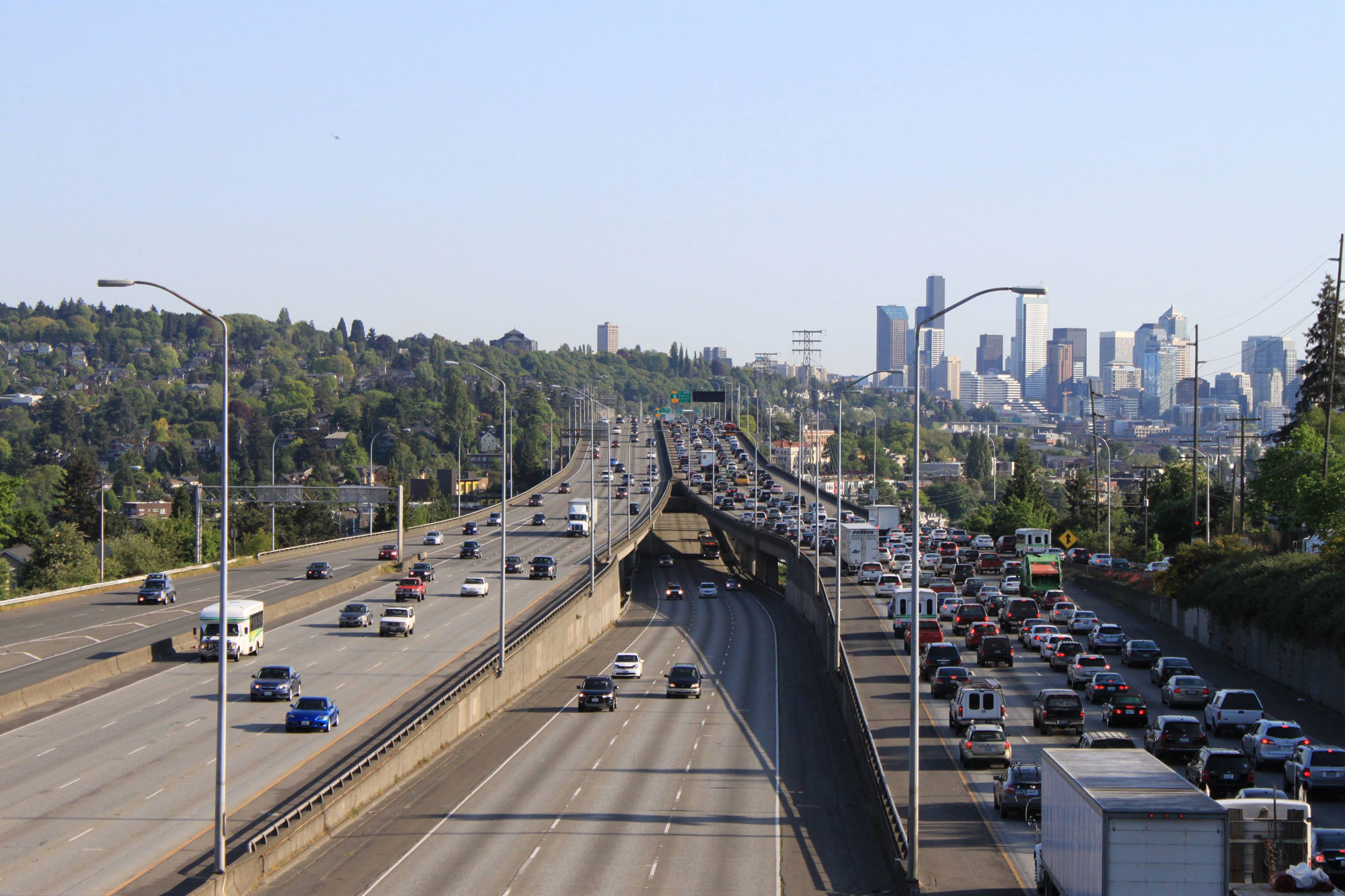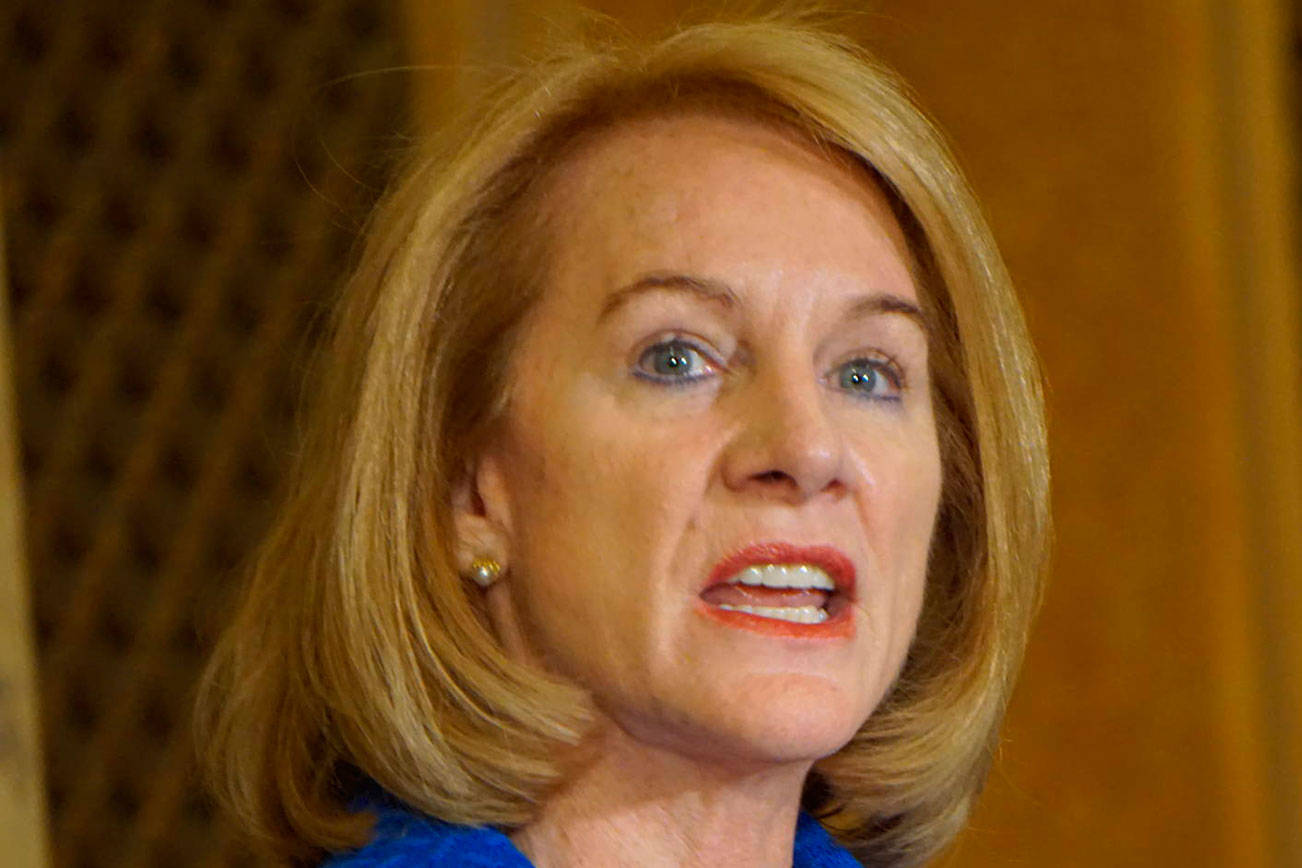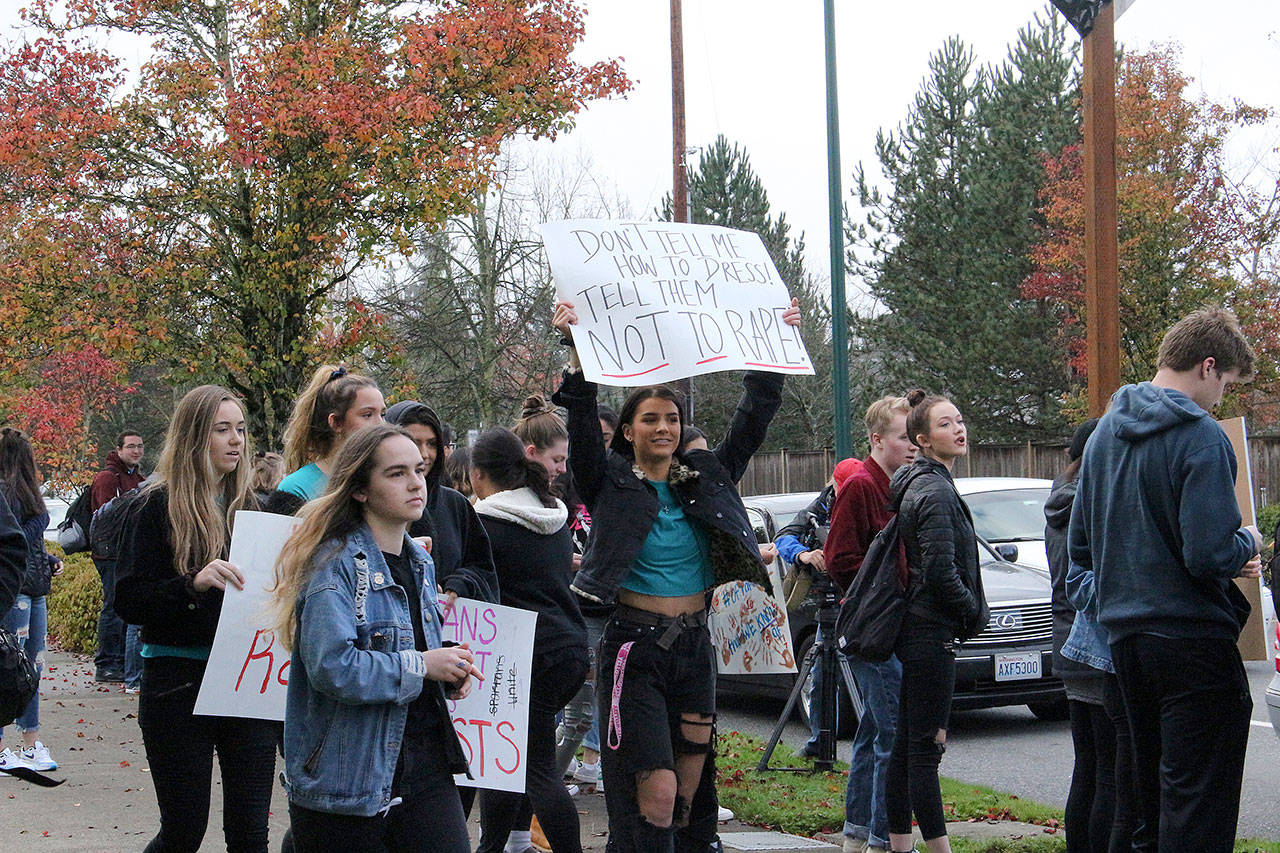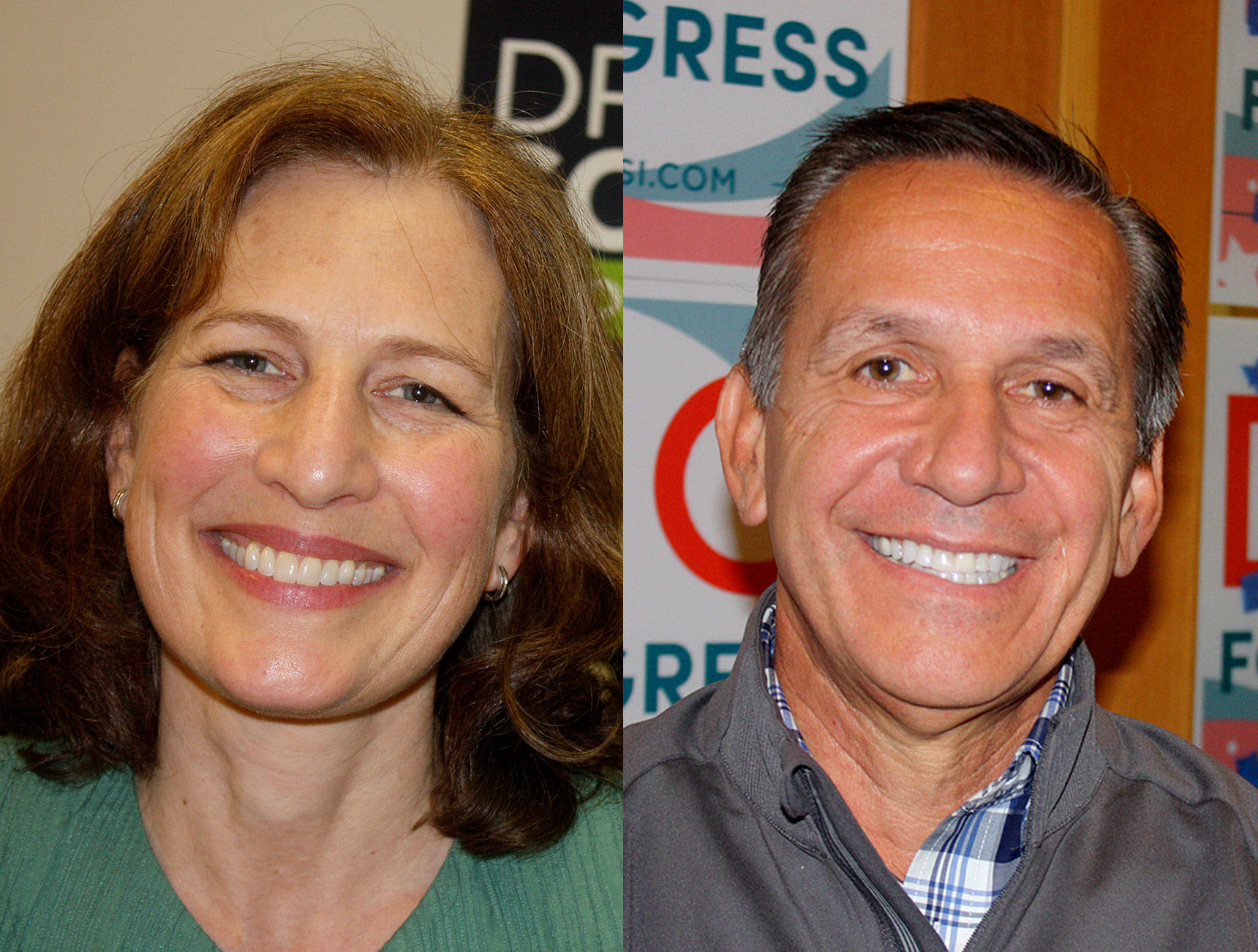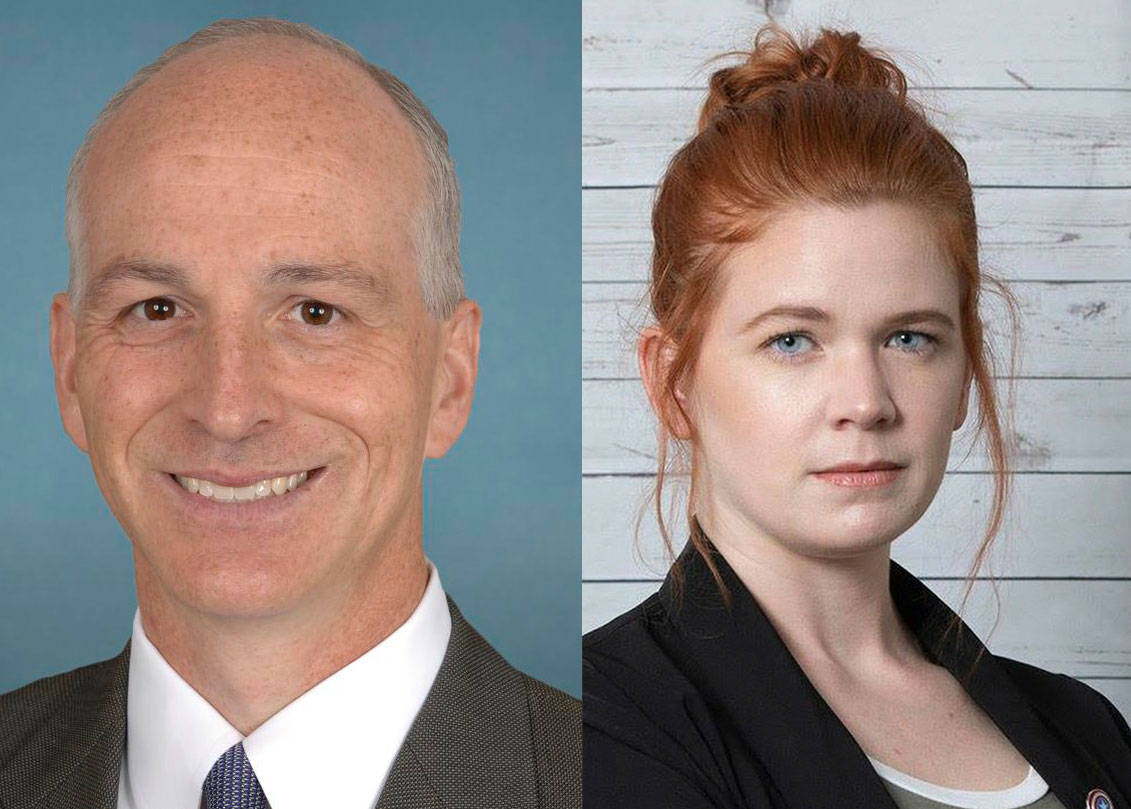Dear Assphalt,
I don’t have any scientific proof, but I swear my Uber drivers use I-5 whenever humanly possible, even for short trips and when the freeway is a parking lot?
Imagine if you will, it’s 8:43 a.m., you don’t own a car, you missed the bus and you gotta get from South Lake Union to Pioneer Square by 9:00 a.m.. You could hail a cab, but this isn’t New York in the 40’s, so you pull up the Uber app. The Uber arrives three minutes later and you hop in, breathe a sigh of relief, give the standard ridesharing formalities: “how are you,” “nice weather,” “where are you from?” and proceed to zone right out. The route to your destination should be fairly obvious to anyone who has lived in Seattle for longer than six hours: Stewart up to Second Avenue and then just coast on down until you’re there, simple and quick. Then you look up from your phone and notice you’re not moving, you’re not on Second, you have 6 minutes left until you’re officially late for work, and you’re on the I-5 onramp, stationary, watching a sea of equally stationary cars filled with equally frustrated commuters wondering why the hell they they took I-5.
Even though you’re terrified of confrontation and you’ve had drivers in the past take so much offense to your suggestion of an alternate route you’d think that you’d just outed yourself as a Trump supporter, you ask your driver why he’s taking I-5 when the best route at 8:54 a.m. is literally anything but I-5. His answer is simple enough: “The GPS told me to take I-5, so I took I-5.” And so you come to terms with your impending tardiness and spitefully gulp down both complimentary bottles of water, all while wondering if Ray Bradbury was right about technology.
As you may have guessed, this is not a hypothetical situation we made up for the purpose of this column. We too have gotten gotten burned by Uber’s apparent over-reliance on the freeway. And easy scapegoat though it may be, the problem may truly be the GPS.
Back in August of 2014, Uber introduced an update to its app that included a navigation system for drivers to use when ferrying around clients. The nav system is completely voluntary, meaning that if a driver knows a better route, he’s free to take it. However, drivers unfamiliar with an area are likely to use the nav app, which in our experience does overly rely on the interstate.
An Uber representative wouldn’t say whether or not their software takes into account factors like traffic congestion, accidents or bee spills while calculating routes, only mentioning that the system looks at historical traffic data and seeks the fastest route to the given destination (though a recent Uber driver recently told us the nav system is often way off).
With such unreliable information about how routes are chosen, the question becomes: Who makes the call about the route, you or your driver?
In the spirit of the sharing economy, let’s call it a collaboration.
Uber made it clear to us that if an alternate route is preferred, the rider is free to tell that to the driver. Careful with this though. As every rider knows, once a trip has concluded, you have the ability to rate your driver; what some riders don’t realize is that the drivers also rate their passengers. So if you’re too snarky with your route correction, not only can your driver say, “nah, we’re taking the long way,” he can also make it difficult for you to get a ride in the future by hitting you with a one-star review. And, ultimately, it is up to the driver to make the final call on what route to take.
Uber has said that improvements are constantly being made to their navigation system in order to make the rides faster and the routes more direct, but for the time being it looks like riders will have to keep their wits about them and be ready to suggest a different route to their driver when they see I-5 highlighted in their Uber app. So just remember to drink your coffee before you Uber.
Assphalt answers readers’ burning questions about transportation in Seattle. Send us your queries: assphalt@seattleweekly.com.
